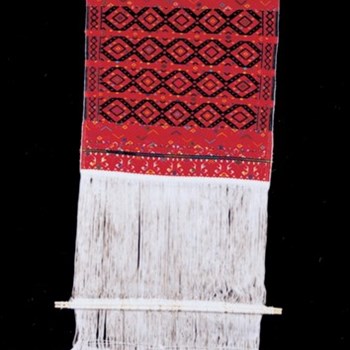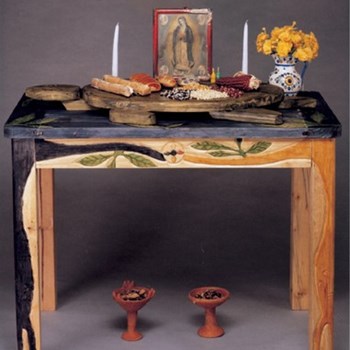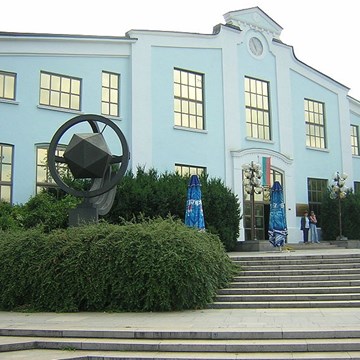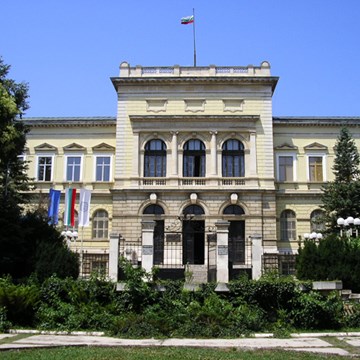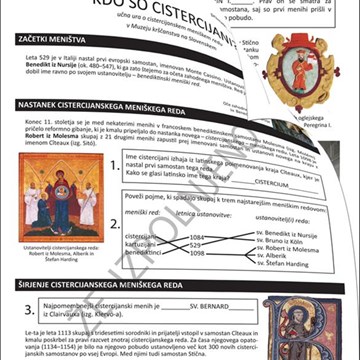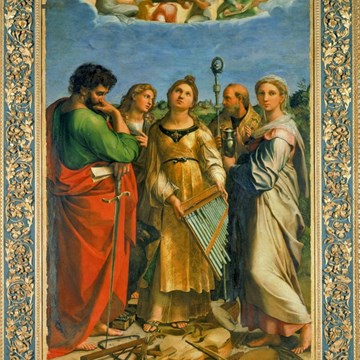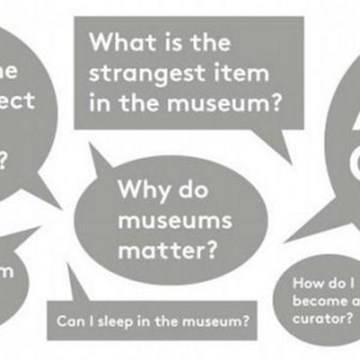Identified within the broader cultural zone of Mesoamerica, the Maya Indian population numbers today in the millions. Their ancestor’s ancient ruins are found in the same region that the contemporary Maya occupy, including Guatemala, Belize, and parts of Mexico, Honduras and El Salvador. Their culture history is divided into four major periods: the Formative (900BC-AD200/250), when farming villages prevailed and urban society first developed, along with distinct religious traditions; the Classic (AD250-900), when Maya achievements were at their apex, that is, mathematics, astronomy and writing were developed and royal kingship governed the many independent city-states; the Postclassic (AD900-1521), when populations shifted to the Yucatan peninsula after a systematic collapse at the end of the Classic period caused Maya political power to dwindle throughout the rainforest regions; the Colonial and National (1521-present), when a new society emerged following the Spanish Conquest that combined indigenous and European world-views.
While the Spanish Conquest in 1521 destroyed a great deal, the Maya maintain many of their distinct cultural traditions. As skilled farmers, the Maya still rely on a basic subsistence of corn, beans, squash, and chili. Steeped in agricultural metaphor, Maya religion is centered around nature and the cyclical patterns of the cosmos. Physical forces are deified, and agrarian fertility is commonly worshipped. The world is seen as animate, filled with sacred powers manifest in plants, animals, people, and their creations. Thus, ancient and contemporary religious imagery frequently shows a synthesis of human, animal, and plant life.
Identified within the broader cultural zone of Mesoamerica, the Maya Indian population numbers today in the millions. Their ancestor’s ancient ruins are found in the same region that the contemporary Maya occupy, including Guatemala, Belize, and parts of Mexico, Honduras and El Salvador. Their culture history is divided into four major periods: the Formative (900BC-AD200/250), when farming villages prevailed and urban society first developed, along with distinct religious traditions; the...
Read more
